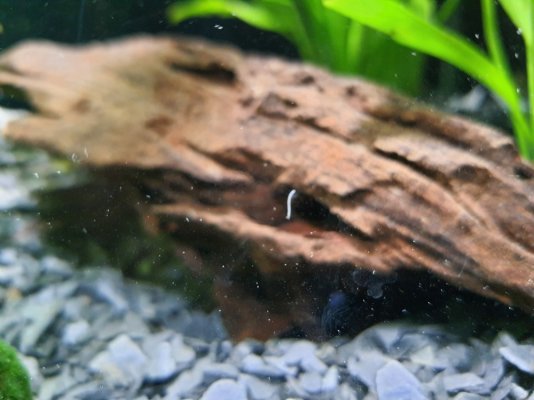Hello,
I got myself a 30L dennerle tank, it is my first.
The tank has no fish yet, I noticed some small snails lurking around and lots of tiny little white worms, I setup the tank around 2 weeks ago.
Also some leafs are having brown spots, why is that ?
My mistake was maybe not properly cleaning the plants before adding them, the guy at the store said I could keep the wool/cotton (I don't know what it is) but I guess I should have.
I am tempted to restart over since I don't have any fish yet.
Your advice is much appreciated!
I got myself a 30L dennerle tank, it is my first.
The tank has no fish yet, I noticed some small snails lurking around and lots of tiny little white worms, I setup the tank around 2 weeks ago.
Also some leafs are having brown spots, why is that ?
My mistake was maybe not properly cleaning the plants before adding them, the guy at the store said I could keep the wool/cotton (I don't know what it is) but I guess I should have.
I am tempted to restart over since I don't have any fish yet.
Your advice is much appreciated!

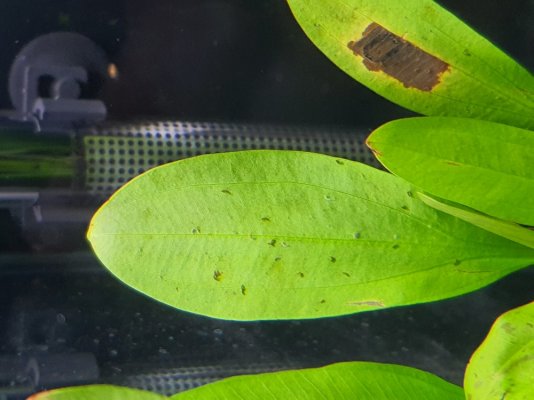
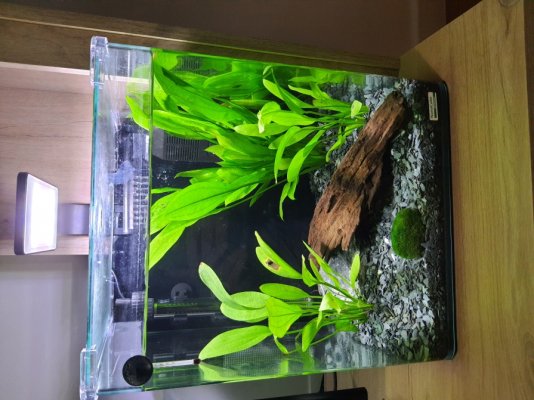
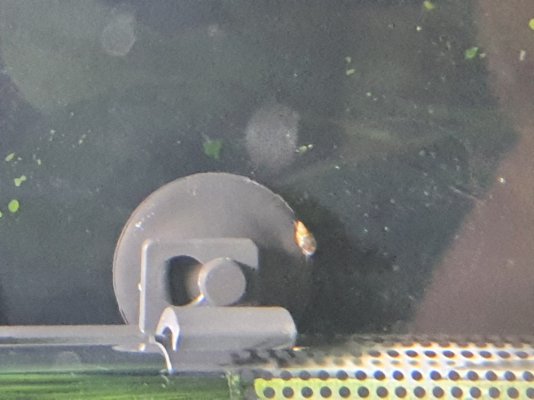
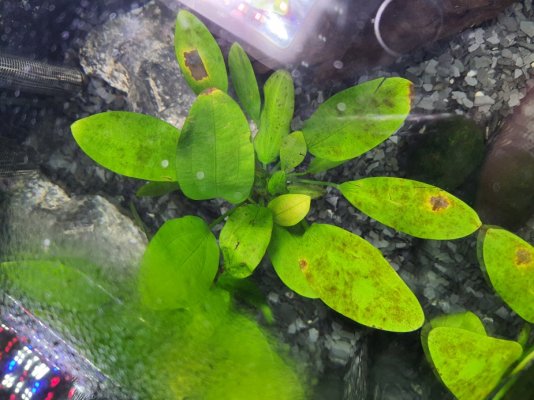
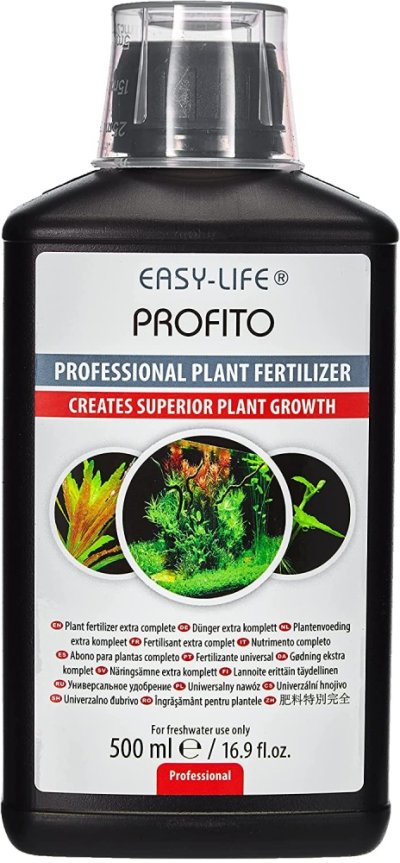
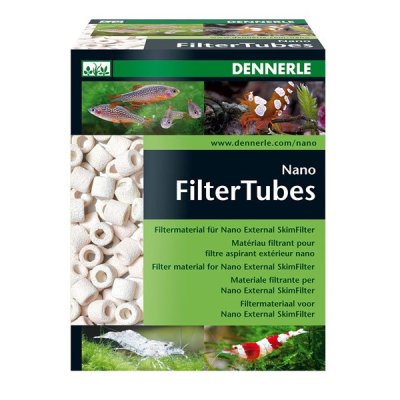
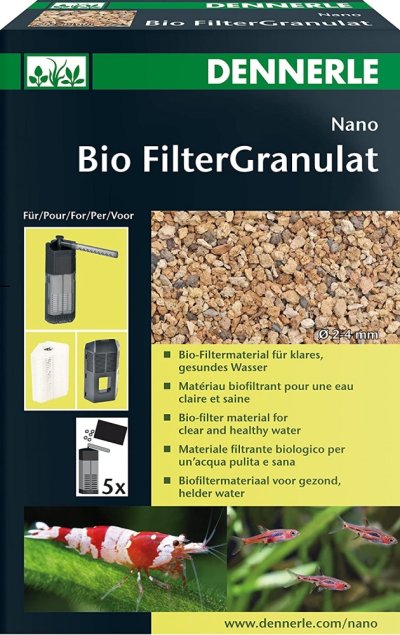
 .
.